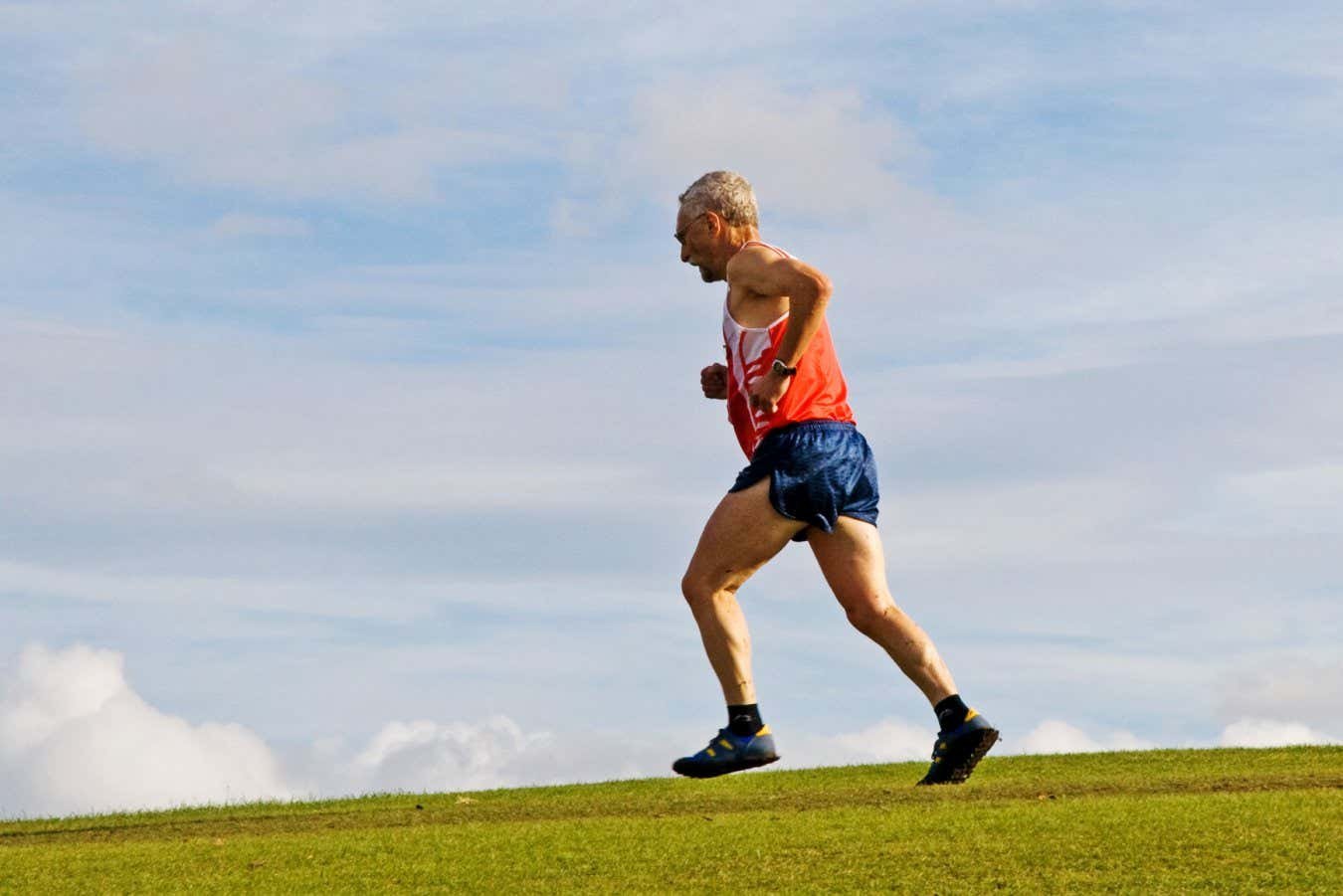Exercise has significant benefits for heart health
Ian Canham/Alamy
Men over 50 may need to exercise more than twice as much as women to get the same heart health benefits. An analysis of activity tracker data found that men in this age group need almost 9 hours a week of moderate to vigorous activity – such as brisk walking or cycling – to achieve a 30 percent reduction in the risk of coronary heart disease, compared with about 4 hours for women.
Researchers already suspected that women received more cardiovascular benefits than men based on self-reported exercise data, but such numbers are not always accurate.
To overcome this problem, Jiajin Chen of Xiamen University in China and his colleagues took data from wrist-worn activity trackers collected by the UK Biobank study and compared them with participants’ health records over a period of around eight years.
First, the team analyzed information from 80,243 adults, with an average age of 61, who had no personal history of coronary heart disease. Among women, those who engaged in at least 150 minutes of moderate to vigorous exercise per week experienced a 22 percent decrease in their risk of developing coronary heart disease. For men, getting this amount of exercise was associated with just a 17 percent decrease.
Achieving a 30 percent risk reduction required significantly more exercise—with a notable gender difference: 250 minutes for women and 530 minutes for men.
The team then looked at 5,169 participants who had already been diagnosed with coronary heart disease. They had an average age of 67 and two-thirds of them were men. With 150 minutes of moderate-to-vigorous exercise per week, women were 70 percent less likely to die over the next eight years—from any cause—than women who did less exercise. By contrast, men who did 150 minutes of moderate to vigorous exercise each week were only about 20 percent less likely to die than their less active counterparts.
“This is not bad news for men, it’s just something we should know about,” says Nir Eynon of Monash University, Australia. “Once we know that, we can do better—we can exercise more. And while that’s reassuring for women who are busy all the time, I also think women shouldn’t miss out on exercising, too.”
Chen and his colleagues were not available for comment, but in their paper they suggest that the discrepancy may be explained by hormones, as higher estrogen levels can increase fat burning during exercise. It may also be related to biological differences that may mean women use more respiratory, metabolic and muscle strength to achieve the same physical tasks as men, says Eynon.
The study is “robust” and underscores the need for gender-specific guidelines, says Ersilia DeFilippis of Columbia University, New York City. One drawback, however, is that it is focused on a primarily well-to-do, well-educated population that was about 93 percent white. Black women tend to have worse cardiovascular outcomes than white women, DeFilippis says, and social factors play a significant role in health and adherence to treatment plans.
“It will be imperative in the future to understand how these findings apply to a more racially diverse and socioeconomically disadvantaged population, given their higher burden of CVD,” she says.
Still, the results in this older population suggest that even exercise later in life can have significant benefits – although activity should be tailored to people’s age and physical ability, she adds. “It’s never too late to start moving and being more active.”
Subjects:
